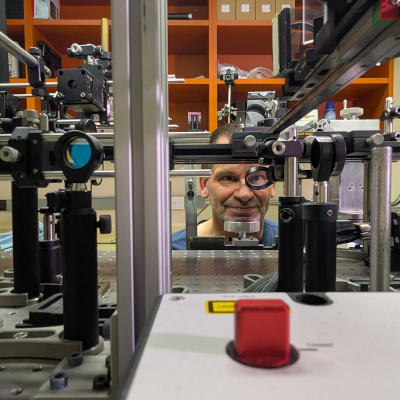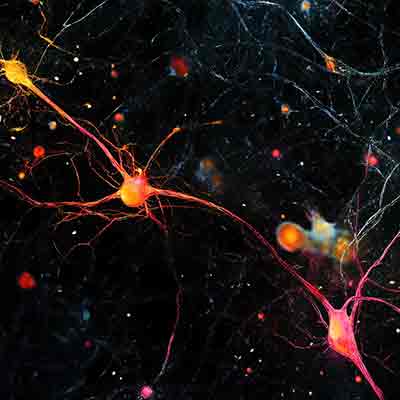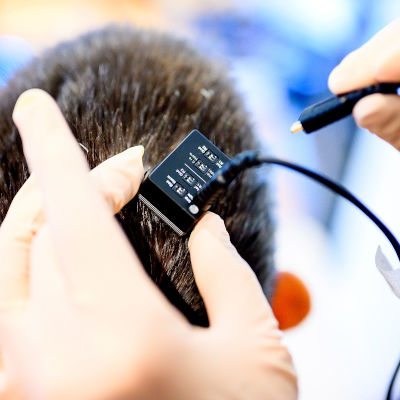Scientists create mini tau protein to study brain diseases
Apr. 29, 2025.
2 mins. read.
3 Interactions
Researchers develop a synthetic tau protein fragment to mimic prion-like behavior in Alzheimer’s and other neurodegenerative diseases.
Scientists at Northwestern University and University of California, Santa Barbara created a synthetic tau protein fragment. This fragment acts like a prion. A prion is a misfolded protein that spreads its abnormal shape to other proteins. The fragment, called a “mini prion,” folds into strands of misfolded tau proteins. These strands, or fibrils, cause normal tau proteins to misfold too.
This discovery helps study tauopathies, diseases like Alzheimer’s where misfolded tau proteins build up in the brain. Tauopathies are neurodegenerative diseases that harm brain function. By making a small version of the tau protein, scientists can better mimic the fibril structure. Fibrils are clumps of misfolded proteins. This could lead to new tools for diagnosing and treating these diseases.
The scientists used cryogenic electron microscopy, or cryo-EM, to see the fibril structure. Cryo-EM is a technique that freezes samples to capture detailed images. They found that a mutation, called P301L, changes how the tau protein folds. This mutation is common in tau-related diseases. It also affects water around the protein, guiding the misfolding process.
A chain reaction of misfolding
In neurodegenerative diseases, proteins misfold and form harmful fibrils. These fibrils damage the brain. When normal proteins meet these fibrils, they misfold too. This creates a chain reaction, spreading the misfolded shape. The process is prion-like but not contagious like true prions.
The synthetic fragment, jR2R3, is only 19 amino acids long. Amino acids are the building blocks of proteins. This short segment contains the P301L mutation. It forms fibrils and acts as a seed, causing full-length tau proteins to misfold. The scientists found that the mutation helps the protein adopt a disease-like shape.
Water plays a key role in this process. The P301L mutation organizes water molecules around the protein. This structured water helps proteins fold into fibrils. The fibrils then recruit more proteins to misfold, creating a stack. The researchers plan to study these synthetic proteins further. They hope to develop new ways to diagnose and treat tau-related diseases.
The study is published in PNAS.
Let us know your thoughts! Sign up for a Mindplex account now, join our Telegram, or follow us on Twitter.


.png)

.png)


.png)






0 Comments
0 thoughts on “Scientists create mini tau protein to study brain diseases”